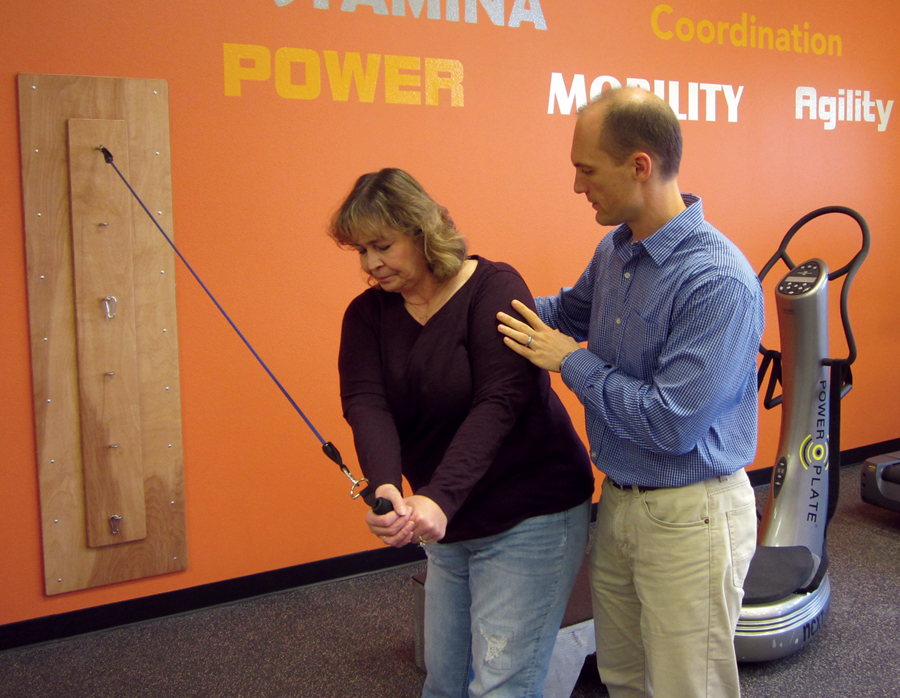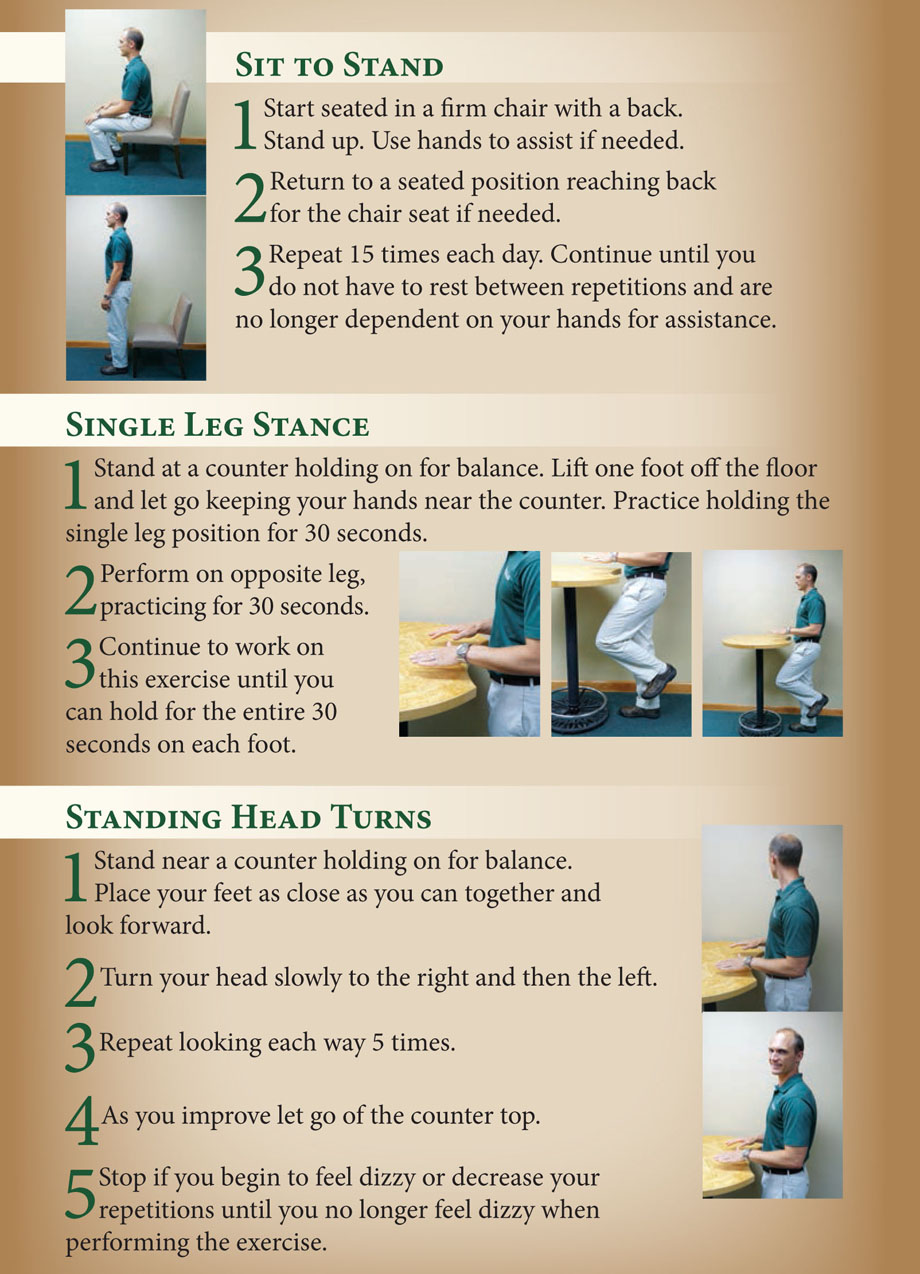The United States spends more money (by a wide margin) than any other country on health care. Our health care system is set up to keep us from dying, not thriving! Sadly, our average life span barely makes it in the top 30 when compared to other nations. Worse yet, life expectancy in the United States has decreased two years in a row! Both 2016 and 2017 mark life span expectancy declines. As it stands now, the American health care system is poorly equipped to help us maximize our health span. Health span is defined as a period of time in which a person is generally healthy and free from serious disease.

Health care costs in America continue to increase without actual positive change in our health status as patients and consumers. It is imperative that we take back control of our own health care by continuing to be proactive. Part of being proactive is learning how to care for and manage common injuries and illnesses. The medical system is not designed to help you to maximize your health and well-being. It is designed to prevent you from dying and to maximize profits for the corporatocracy that controls our health care system.
Health care costs in the United States continue to outpace almost any other sector for inflation. Unfortunately, this increase in cost has not shown any actual positive change in health status. Not only are costs within our healthcare systems rising at near exponential levels, but we are also in the midst of a giant generational shift that will forever change the demographics of the United States and the Western World. During this shift, the Baby Boomers are rapidly approaching elder status. At the present pace, over 8,000 baby boomers are turning 65 every day!
Many have turned to science to find the fountain of youth to help us all live longer (without much success so far). Maybe more importantly we must remember that, health span is just as important as life span. How you spend your years is just as (if not more) important than your actual age. One of the most critical components to aging well and improving health span is physical activity.
We are all capable of navigating a successful aging process if we are intentional with our behaviors. Although successful aging has a different meaning for each of us and outcomes will vary, commonalities exist in most scenarios. In order to age successfully, you will need to fully embrace what it will take to accomplish the goal of living safely, independently, and comfortably within your community. We know our present healthcare system is not designed to help individuals age well, only to prevent dying. So how then can we age well? Enter the rise of the medical fitness centers!
We all know that exercise is good for us and that mobility is vital to independence as we age. In fact, many of the most chronic devastating diseases individuals suffer from are actually best managed through lifestyle choices (including proper diet and exercise).
Examples of illnesses that are in many cases best managed with an exercise and diet prescription rather than medication include:
- Diabetes
- Obesity
- Cardiac Disease
- Many auto-immune diseases
- Osteoporosis
- Sarcopenia
While this is not an exhaustive list, it is actually difficult to find an illness that wouldn’t be better managed through improved lifestyle choices including proper exercise and diet prescriptions.

So what exactly is a medical fitness center, and how is it different from a traditional gym?
Medical fitness centers are designed to use evidence-based practices to help individuals manage many of today’s most common illnesses.
Many “typical” large chain and smaller gyms focus on programs that tend to be based on what the public perceives as “the new thing” or what feels right to them. Typical gyms most often cater toward a younger population that does not already have medical issues. Such gyms may not have educated staff available to help those trying to manage chronic disease and/or illness.
Medical fitness centers (which are also known as medically oriented gyms or medically integrated health centers) are now being recognized as part of a healthcare system’s continuum of care. They are run by physicians, hospital groups, exercise physiologists or other ancillary health professionals (physical therapists). The staff is qualified to teach, help guide, and monitor each individual on how to safely implement the proper exercise prescription to improve quality of life and prevent or manage chronic disease and illness in order to age well.
Maybe most importantly, medical fitness centers are places where people with multiple medical risk factors, diseases or illnesses (such as diabetes, obesity, and osteoporosis) can feel comfortable with the care and instruction provided in a safe and appropriate environment.
The benefit of selecting a medical fitness center versus a traditional gym is that you will be given an individualized workout routine that is right for you in addition to a personal assessment. Rather than jumping right in without guidance or instruction, your personal baseline and needs will be assessed so you can be coached and guided through a fitness, mobility, and disease prevention and management program in order to help you to minimize the risk of injury while improving all aspects of your health.
If you’re interested in learning more about how physical therapy can help you to age successfully and improve your health span, be sure to subscribe to my e-mail list and YouTube channel as well as join our community on Facebook by liking The Physical Therapy Advisor!








